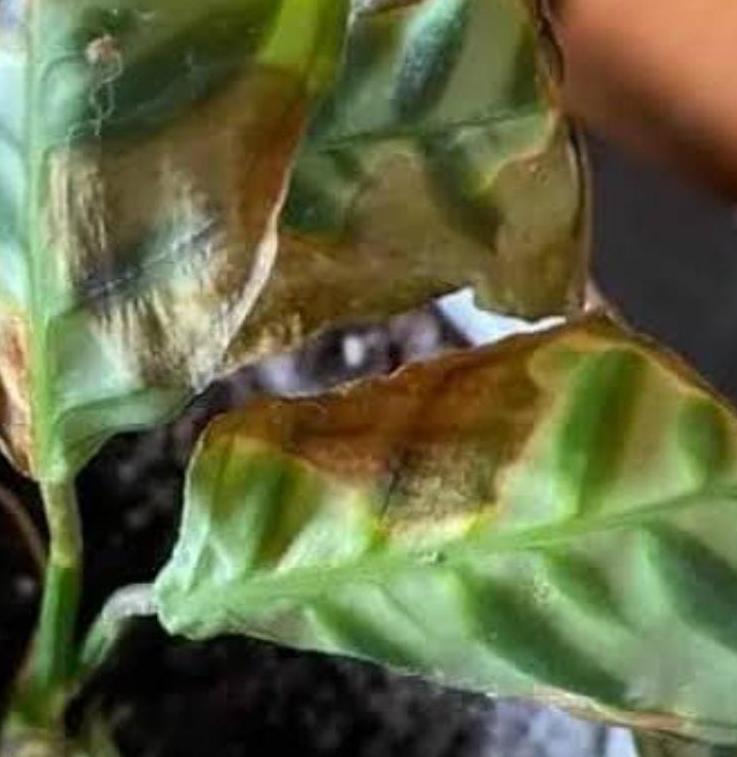Calathea Rufibarba Plant
Calthea Rufibarba, also known as Velvet Calathea, is an indoor plant with fuzzy leaves. Plant in well-draining soil and provide bright, indirect light. Keep the soil consistently moist but not waterlogged. Mist the leaves for humidity and clean them regularly.
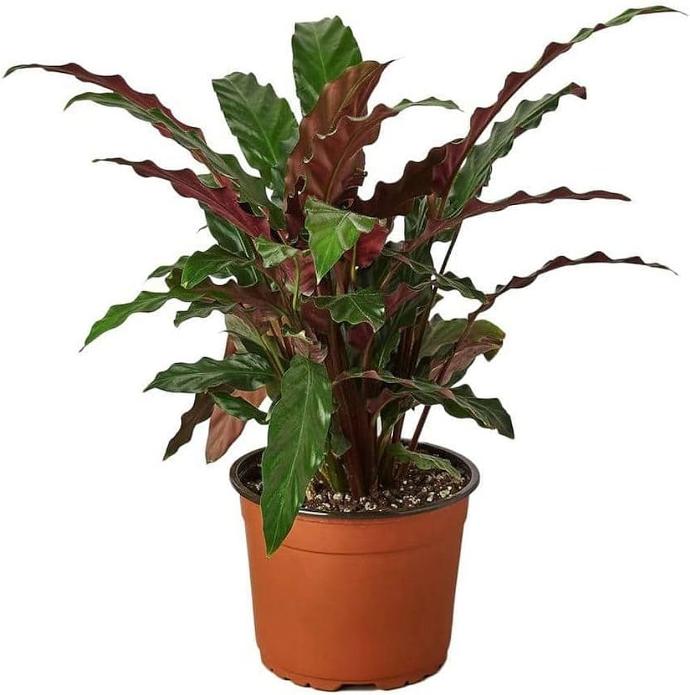
Habit
Perennial
Height
60-90 cm
Growth
Moderate
Soil
Well-drained, rich soil
Shade
Indirect light to partial shade
Moisture
Moist
Edible
No
Medicinal
No
Origin
Brazil
Climatic Condition
Tropical, Humid
Temperature (°)
18 to 27°C
Humidity (%)
60-85%
Potting media
Peat-based mix
Fertilizers
Balanced liquid fertilizer
Watering
Keep soil moist, avoid overwatering
Plant Weight
600-900 grams
Flowering Time
Rarely flowers indoors
Soil Ph level
5.5 - 6.5
Water Ph level
5.5 - 6.5
Soil EC
1-2 dS/m
Yield Per Plant
Ornamental foliage
NPK ratio
10:10:10
life Span
5-10 years
Health Benefits
Improves air quality, non-toxic to pets
Suggested Grow Media or Potting Mix ?
50% peat moss, 30% pine bark, 20% perlite
Suggested Fertigation/Fertilizers
Fertilize every 4 weeks with a balanced, water-soluble fertilizer.
Common Diseases and Remedies
Root Rot
Stunting , yellowing , wilting of plants even when potting media moisture is adequate.
remove affected parts and plants
HEALTH BENEFITS
Calathea plants, commonly known as "prayer plants," offer several health benefits, including:
1. Air Purification – Calathea plants help improve indoor air quality by filtering toxins like formaldehyde and carbon monoxide.
2. Humidity Regulation – They release moisture into the air, preventing dryness and improving respiratory health.
3. Stress Reduction – Their lush foliage and striking patterns create a calming indoor environment, reducing stress and anxiety.
4. Improved Sleep – The high oxygen release at night makes them excellent bedroom plants, promoting better sleep.
5. Non-Toxicity – Safe for pets and children, unlike many other houseplants.
What Is An Calathea Rufibarba Plant ?
It is furry-feathered, or velvet calathea, is a species of flowering plant in the family Marantaceae, native to the state of Bahia in northeastern Brazil. This plant's common name comes from the fuzzy, fur-like underside of its leaves, which is unusual for this genus.
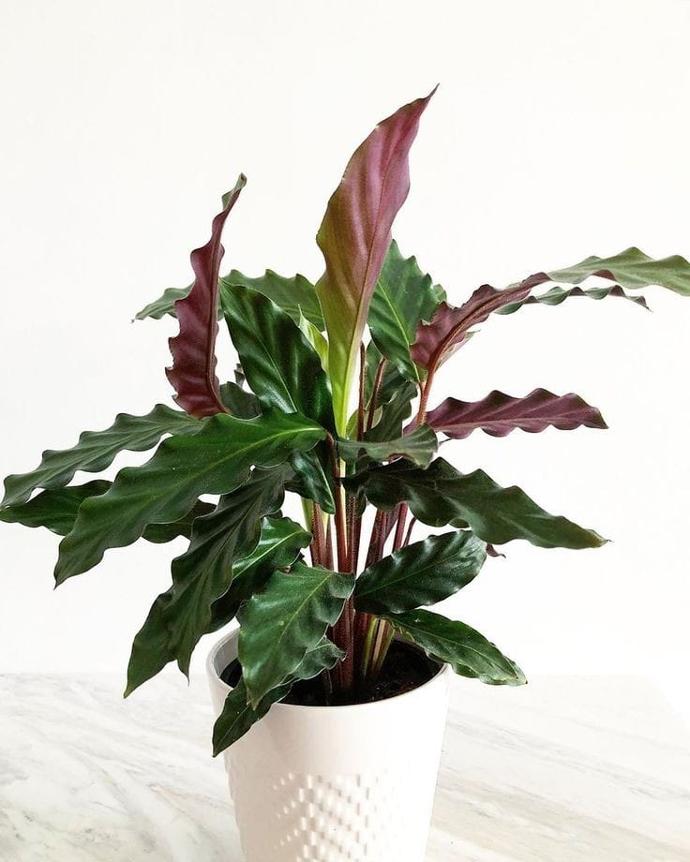
What Are The Different Types Of Calathea Rufibarba Plants?
Calathea currently includes approximately 60 species. Many species native to tropical America are popular potted plants because of their decorative foliage, and some species have colourful inflorescences and long blue-green leaves.
Calathea rufibarba ‘Elgergrass’: This variety has striking, contrasting green-purple foliage and reaches approximately 45 cm in height.
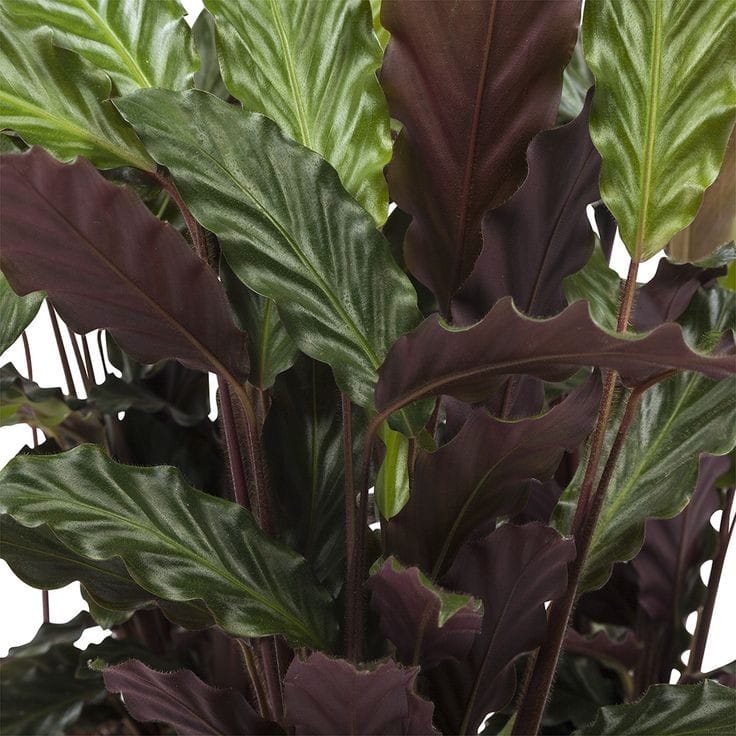
How to Care Calathea Rufibarba ?
1. Location
Calathea rufibarba, also known as fur-feather or velvet calathea, belongs to the arrowroot family, also known as the Marantaceae family. Originally native to the rainforests of Central and South America, it is often kept as an ornamental plant.
2. Sunshine
Calathea requires a lot of diffused light due to its variety of plants. Direct sunlight will cause the leaves to fade and lose their pattern. It can tolerate some shade, but the more indirect light it receives, the finer the leaves will become.
3. Soil
Soil that retains moisture and has good drainage is ideal for growing Calathea rufibarba. However, care must be taken to ensure that the soil is not too wet. If the plant is healthy and growing, it should be repotted every two years.
4. Hydration
Drooping Leaves – Calathea Rufibarba prefers semi-moist soil without completely drying out between waterings. When the soil dries out, Mike's leaves begin to droop, which is a sign that he needs a drink. When the first few inches of soil feel completely dry.

5. Nourishment
Fertilizer and Soil During the growing season, we recommend applying a half-strength nitrogen-rich foliar fertilizer once or twice a month. Avoid excessive fertilizer as this can harm the plant. Moisture-retaining, well-drained soil is ideal for growing Calathea rufibarba.
6. Issues
Always check the soil before watering, as this can be another reason for poor watering. If the top layer of soil is still wet, the problem may actually be overwatering. If there is too much moisture in the soil, the leaves and stems will rot and become mushy, causing the plant to die, just as it would if there was not enough water. Allow the soil to dry completely or, if the problem is severe, repot with fresh soil to protect rotten roots. Possible causes include low humidity, lack of light, and transplant shock after repotting. Check your facility environment to determine what is most likely.
What are the Benefits of Calathea Rufibarba ?
Calathea Rufibarba Plant Benefits: Actively filters common indoor pollutants such as formaldehyde, benzene, and xylene, helping to improve air quality in your home or office. This can improve your respiratory health and overall health.
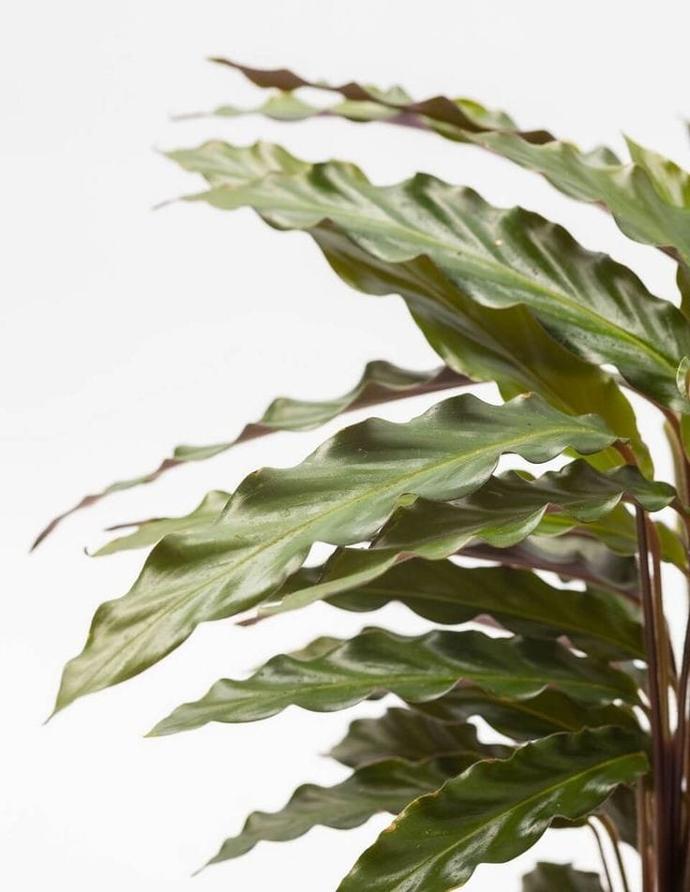
FAQs About Growing Calathea Rufibarba
1. Where to place Calathea Rufibarba ?
Calathea Rufibarba prefers medium light. If you place it in a bright room, keep it away from windows as strong sunlight may burn or curl the leaves. Mike prefers medium light, but tolerates dim light during the winter months when sunlight is minimal.
2. Is Calathea Rufibarba difficult to care for ?
Calathea should always be kept in moist soil, but under no circumstances should the plant be left in water or in very wet soil. When watering, please keep in mind "small amounts and frequently".
3. What is the Calathea plant good for ?
As a houseplant, Calathea roseopicta rewards your care and attention by improving the quality of the air you breathe (capturing dust and purifying toxins while delivering newly photosynthesized oxygen). In addition, calathea care can evoke calmness and alertness.
4. Does Calathea purify the air ?
Known for the unique movement of its patterned leaves, Calathea has an exotic feel that brightens any room. The beautiful and uniquely colored calathea plant purifies the air around it by filtering out a variety of toxic compounds.
5. Does Calathea bring good luck ?
Even better, the Calateas plant is known for purifying the air and improving indoor climate. Jade: In Feng Shui, this plant is also called the money tree. Because the round leaves symbolize good luck (which can come in the form of money or health).
